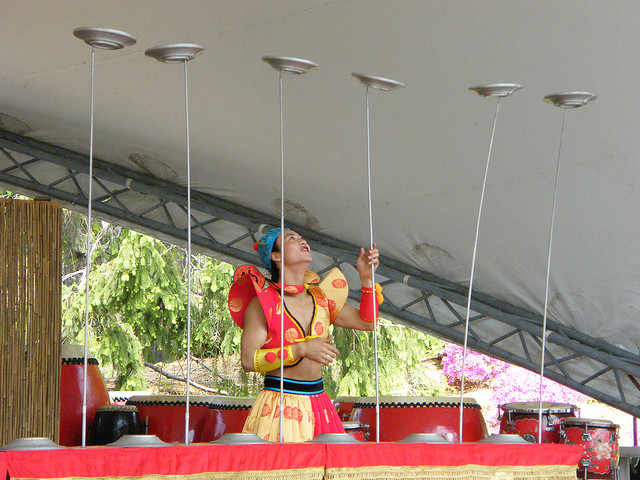Character Recipe: Kathy Soup
I went to a writing event last night and author Cindy R. Williams taught about Character Recipes, an approach she uses to get to know her characters. Basically, you create a recipe for your character that includes things like physical characteristics, personality traits, flaws, fears, and dreams.
Instead of doing it on a character, we practiced it by doing it on ourselves. Other people wrote recipes that were much cleverer than mine, but mine still paints a fairly decent picture of who I am today. So here is my character recipe:
Kathy Soup
- 1 husband in graduate school and 2 tiny girls
- 1 pair of hazel eyes
- 3 Tablespoons of sleep deprivation
- 1 pair of holey jeans, best obtained by crawling on the floor
- Broth of dreams (prepared in advance by boiling writing, piano, yarn, film, and teaching; strain out any large chunks)
- 10 unpolished fingernails
- 1 classroom filled with freshmen writing students
- 500 words of writing a day
- Heaping scoop of perfectionism
Directions: Find a house with two little girls and a male graduate student. Watch them carefully while mincing sleep deprivation and holey jeans; sauté in hot oil. Add a broth of dreams, and with unpolished fingers, stir in a classroom of writing students and 500 words of personal writing a day. Season with a bit too much perfectionism and then be self-critical about it and everything else. Simmer for several uninterrupted hours. As this time will likely be unavailable, consider boiling rapidly for 20 minutes, hoping that will be long enough for the flavors to combine, and stirring continuously to avoid burning. Serve dinner 30 minutes late. But at least there is food on the table and the kids are still alive.
And now I think I need to do this exercise for some of my characters.
Photo Credit: essgee51, Creative Commons license



